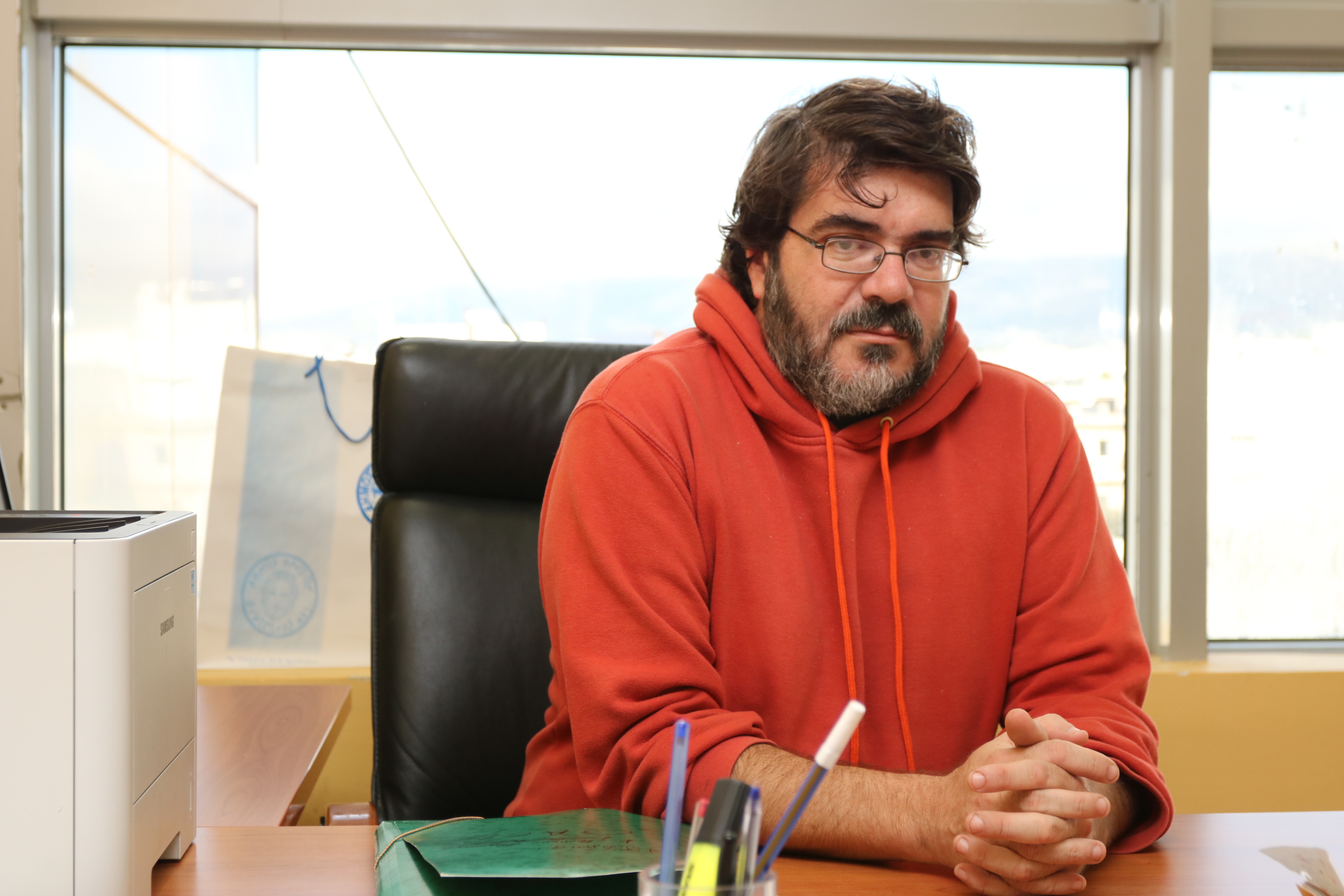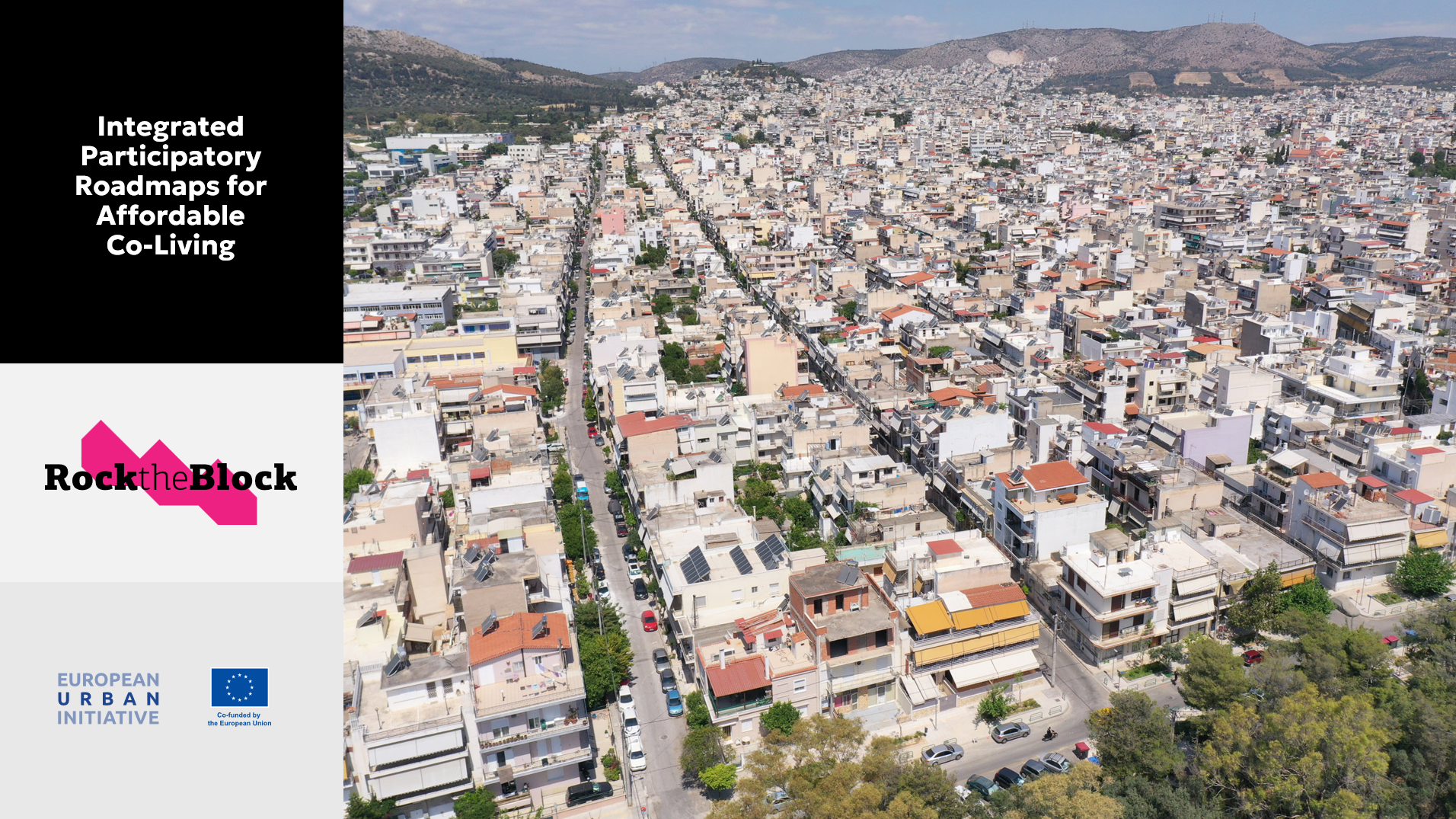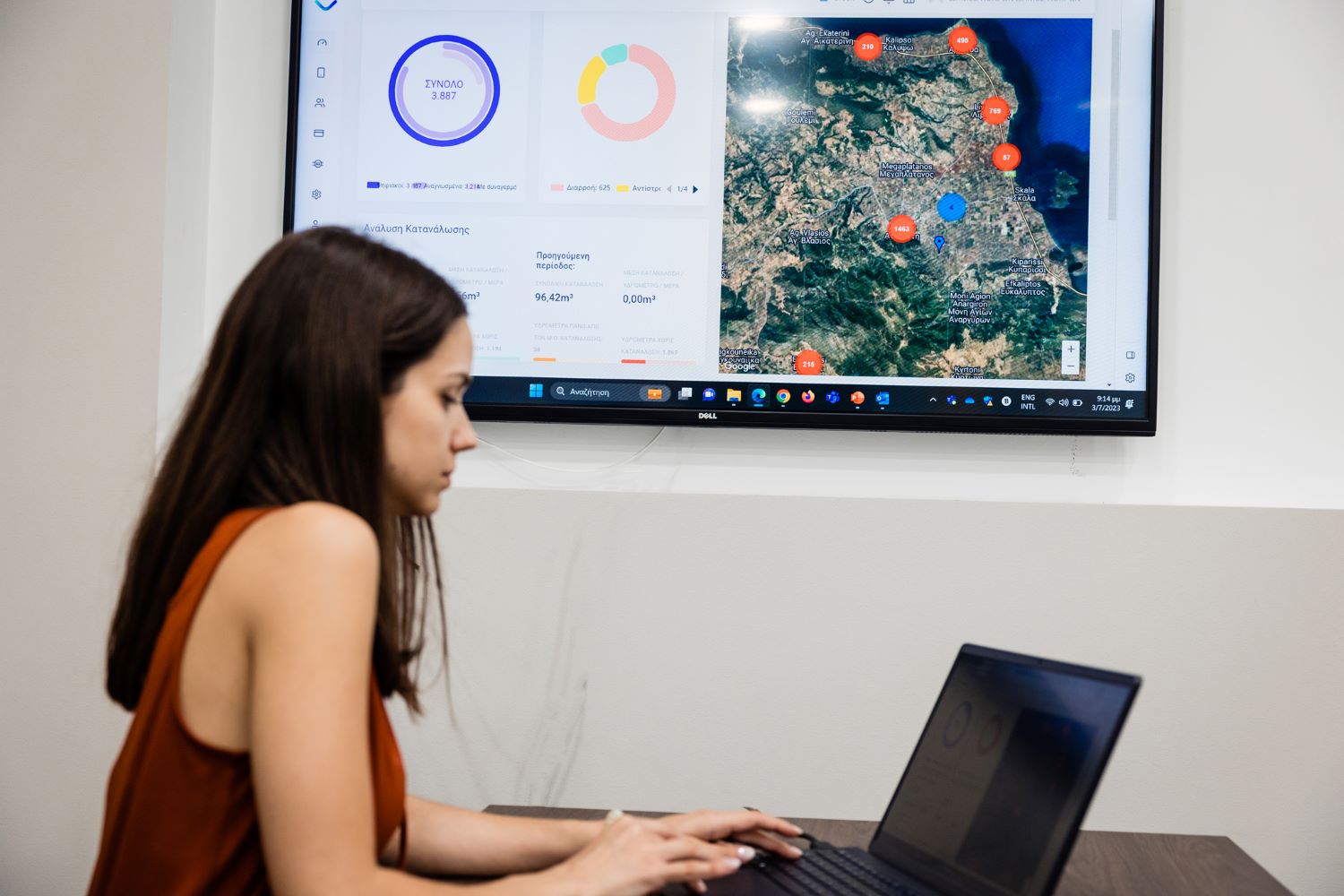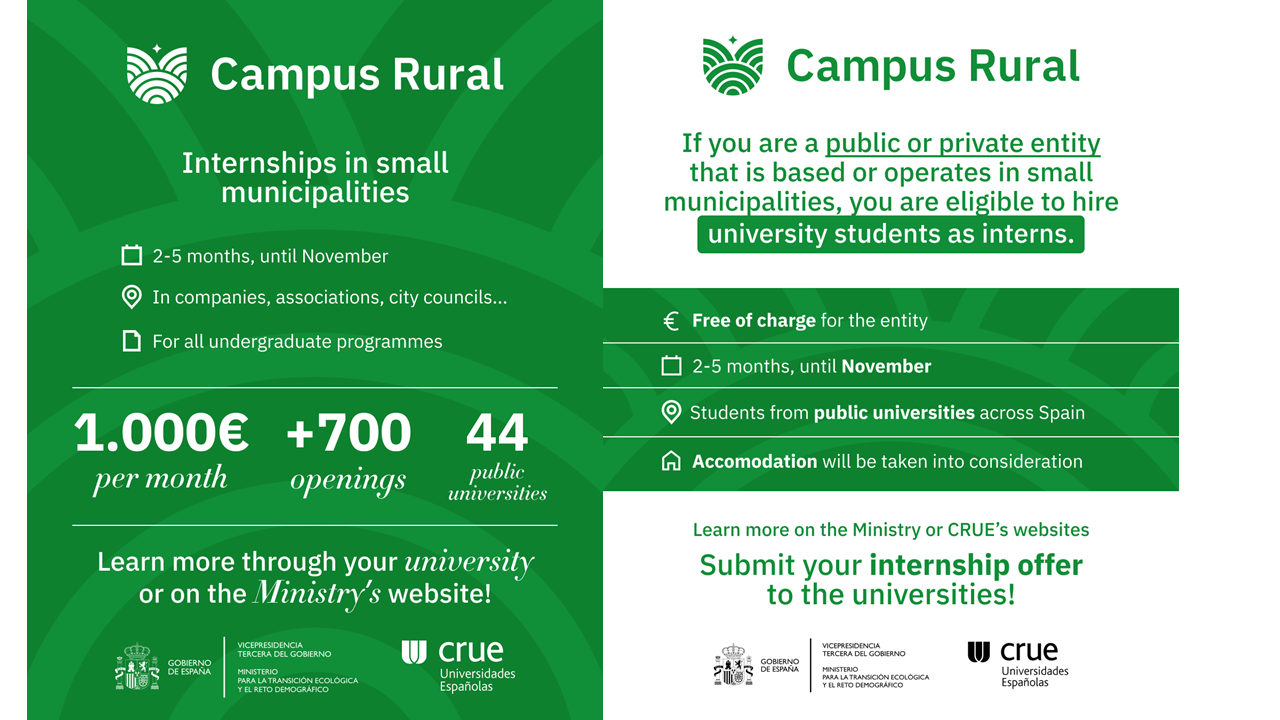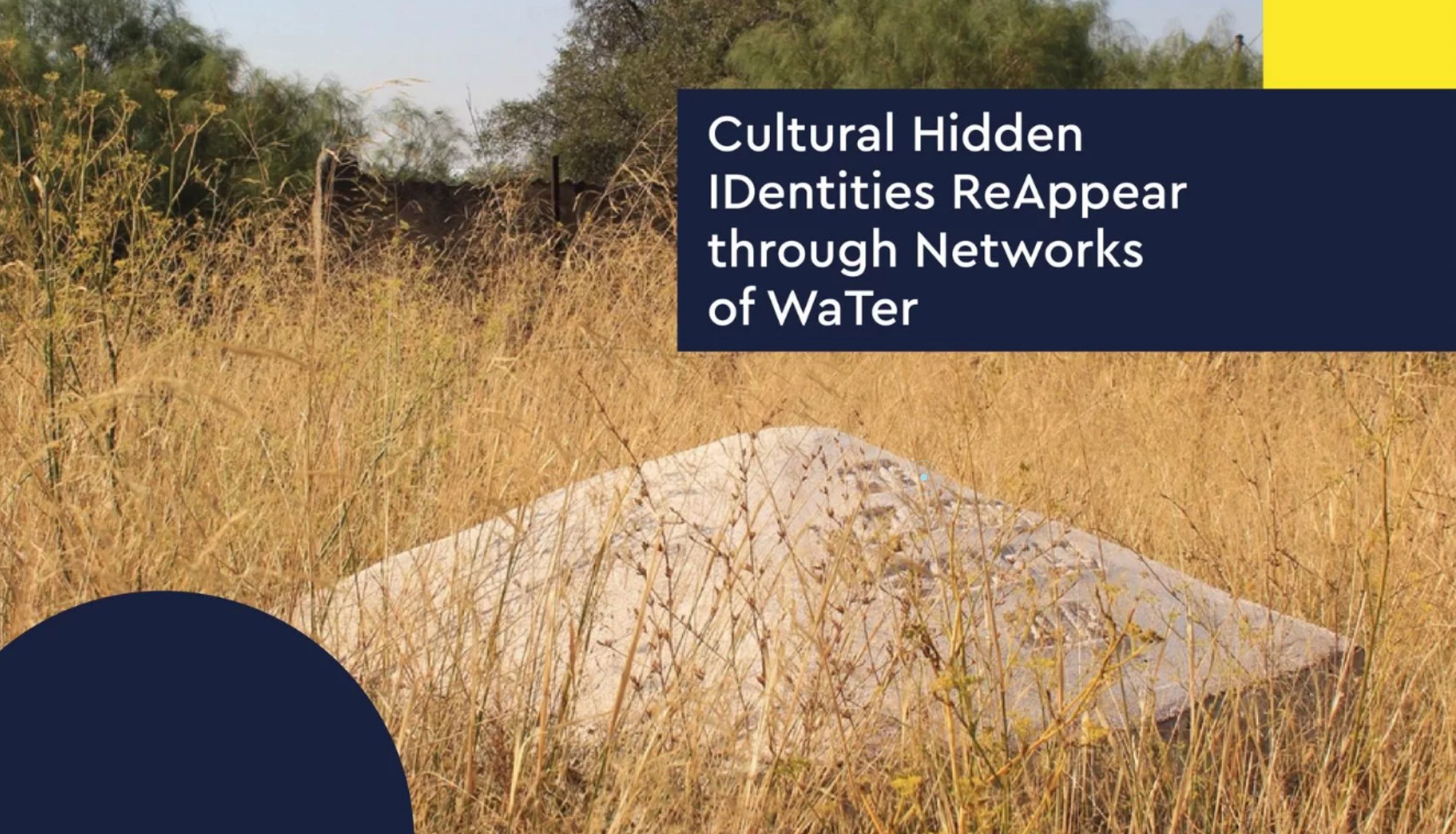 © Municipality of Halandri
© Municipality of HalandriAn ancient aqueduct is restored using participatory processes, transforming cultural heritage into a contemporary urban resource which supports wellbeing as well as resilient local development.
REVITALISING AN ANCIENT AQUEDUCT
Halandri's development has led to increased strains on the city’s resilience regarding its urban, cultural, and natural resources. It has jeopardised the sense of community and belonging and caused weak pedestrian access to green and public spaces, undermining the citizens’ wellbeing. Cultural H.ID.R.A.N.T. addresses these issues by reintroducing the neglected subterranean Roman Hadrian Aqueduct in the everyday life of Halandri, aiming to empower the local economy by strengthening endogenous and resilient development. The Hadrian Aqueduct becomes the vehicle to tap into local cultural capital, tangible and intangible heritage, natural and man-made resources. It is employed as Heritage Commons, Water Commons, and a Community Network; as an historical asset that goes beyond the usual sight-seeing towards utilising it as a contemporary resource.
CREATING A CONTEMPORARY URBAN RESOURCE
The cross-sectoral approach integrates and addresses cultural, social, environmental, and economic resources and issues. Participative co-designing and co-governance means local people drive local projects and allows communities take ownership of public spaces and resources in order to reconnect with Halandri's history and how it serves current needs. It creates a cyclical and sustainable economy that revitalises an ancient monument as active infrastructure and a contemporary urban resource. In this way, water becomes a cultural heritage ambassador which also encourages sustainable water use. Through the use of participatory processes, local communities become active stakeholders: 7% of the new green, public spaces were co-designed, a local history archive has been co-created, and the community-managed Hidrant Festival ran in 2021 and 2022, while the first non-potable water network and the urban regeneration works in Greece are about to kick-off.
GREEN, CAR-FREE PUBLIC SPACES
Cultural H.ID.RA.N.T. creates 21,400 sqm of green public spaces, expands car-free walkable routes to Halandri’s centre, and connects them to the Rematia River, improving citizens’ wellbeing while addressing climate change issues. The country's first non-potable 4 km water network promotes circular and sustainable water use. Three institutions have worked together on this project by implementing participative co-governance: the Solidarity Economy Water Community, the Local History Archive’s co-management, and the HIDRANT Festival steering group. Local residents, schools, civil society, and researchers establish a culture and infrastructure of active citizenship, stewardship, and responsibility of Hadrian Aqueduct as commons. They create a community network that is able to upscale across the entire route of Hadrian Aqueduct. This project serves as a pilot for Hadrian Aqueduct’s re-generation at a regional level.
